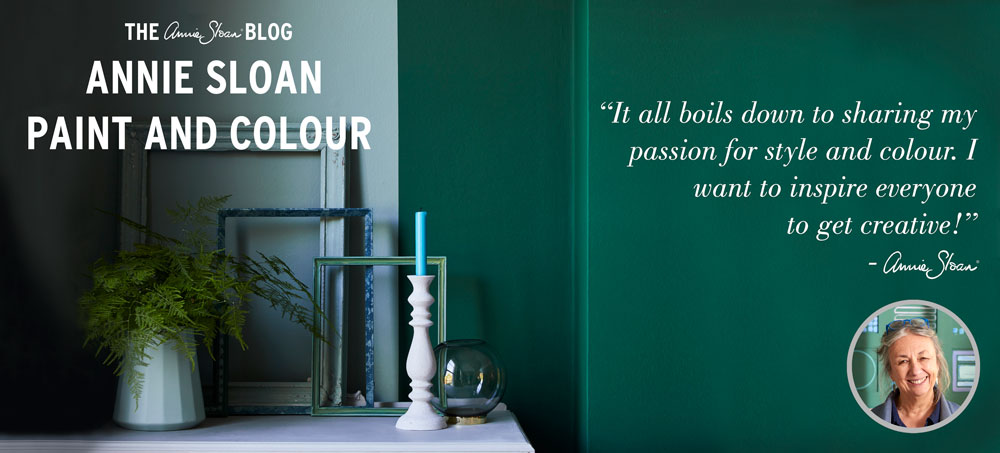I’m a big fan of frottage – in case you look it up I’m not
referring to the slightly rude definition!
No, what I am referring to is one of my favourite paint
effect techniques that brings a bolder and more distinctive ageing process to
any surface – in an instant!
Here is an example I created on a big table currently
sitting in my Oxford shop.
You often see ‘the look’ in Swedish county house rooms, I think partly because of the old textured paints they have long used over all those wooden interiors, and partly in the way it is allowed to peel off over time. Here’s a fantastic frottaged door I recently snapped in Sweden while researching material for a new book:
There’s the rub
Actually the term frottage is French for ‘rubbing’. Quite simply you apply a second colour of thin, diluted paint to cover a dry base colour. Before that add-on colour is dry, you lay newspaper or plain absorbent paper over the paint and rub it down with your hands, then lift it off. Et voilá. The effect is to remove paint unevenly.
I’ve been using this technique and variations of it to
achieve this look for 25 years. Below is a recent step-by-step example I applied to a door I’d already painted using Chalk Paint® in Duck Egg Blue.
1. Use two colours from the Chalk Paint® range that are close in tone. For the door shown below, I used Chateau Grey over Duck Egg Blue. After the first coat of paint is dry (or if you are applying to an old painted surface), dilute your second paint colour with water so it drips a bit.
1. Use two colours from the Chalk Paint® range that are close in tone. For the door shown below, I used Chateau Grey over Duck Egg Blue. After the first coat of paint is dry (or if you are applying to an old painted surface), dilute your second paint colour with water so it drips a bit.
 2. Use an oval brush (like my Pure Bristle Brushes) to paint a section quickly that is the size of your paper.
2. Use an oval brush (like my Pure Bristle Brushes) to paint a section quickly that is the size of your paper.3. Lightly crinkle or crush your paper a bit on a flat surface first and then re-flatten it to get creases. Now again quickly press the flattened sheet of paper over the just-painted area and rub it all over with your hands.

4. Peel away the paper carefully and you will see uneven and blotchy paint, some flat bits, some textured and some stripped back to the first paint.

5. Repeat the process 2-3-4, over the rest of the surface and then, when it’s all dry, add clear wax.
*Top 2 photographs by Christopher Drake. Last 4 images from my recent book, 'Colour Recipes for Painted Furniture and more', published by CICO, photography by Christopher Drake.







